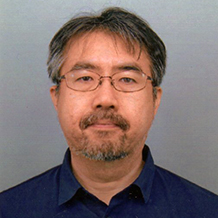Bio
Isao Okada is professor at Osaka Seikei University (Japan), where he specializes in sport sociology and business of sports. Until March 2018, he worked for the Mainichi Newspapers as a senior staff writer since 1988. In his 30-year career at Mainichi, he served as a member of the editorial committee of the economic division in the Osaka Headquarters, the sports editorial committee, and the deputy director of the arts and cultural division. His education includes a BA in law from Soka University (Japan) and a MA in international economics and finance from Chulalongkorn University (Thailand). He received a Fulbright Journalist fellowship in the academic year of 2007-2008, spending time at Harvard University. As an Abe Fellow, he also became a visiting scholar at both Harvard University and University of Oxford in 2016-2017. He has published, in Japanese, a book, Meja-rigu Naze Moukaru (Why Is the Major League Baseball So Profitable?) in 2010.

